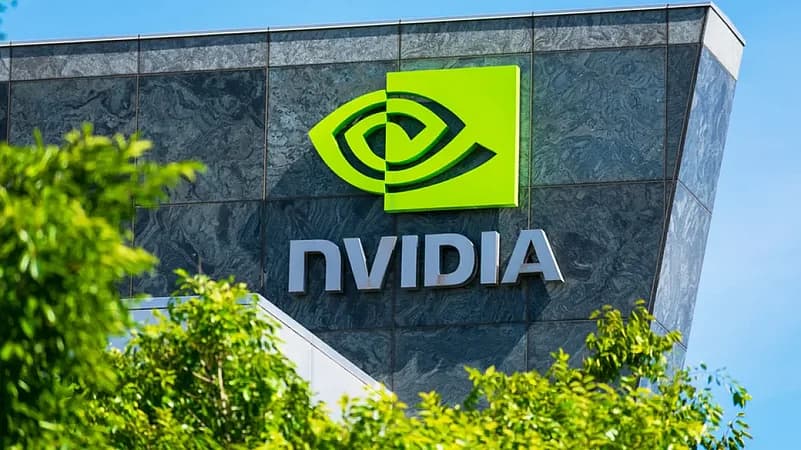Loading News Article...
We're loading the full news article for you. This includes the article content, images, author information, and related articles.
We're loading the full news article for you. This includes the article content, images, author information, and related articles.
NVIDIA has unveiled NVLink Fusion, a new reference chip design for its AI hardware partners. This technology provides ultra-fast GPU interconnects (up to 50 Gbps) and enables system builders to create semi-custom AI servers compatible with NVIDIA’s ecosystem.

Santa Clara, CA — NVIDIA has introduced NVLink Fusion, a next-generation reference silicon design that redefines how custom AI server hardware is built and scaled. Aimed squarely at the fast-evolving demands of the AI data center landscape, NVLink Fusion is designed to empower OEMs and technology partners to create bespoke AI servers with unmatched speed, scalability, and architectural flexibility.
At the core of NVLink Fusion is its ultra-high-speed GPU interconnect, delivering a blistering 50 Gbps per lane. This bandwidth leap is critical as AI models balloon in size and complexity, requiring faster data movement between GPUs to support real-time training, inferencing, and large-scale simulation workloads.
Rather than keeping this powerful interconnect architecture exclusive to its in-house systems, NVIDIA is sharing NVLink Fusion as a reference design, enabling partners to integrate it into their own server platforms. This marks a strategic pivot toward greater openness and modularity in the AI infrastructure space.
“NVLink Fusion is more than a performance upgrade—it’s a pathway for our partners to innovate at the silicon level and bring tailored AI solutions to market faster,” said an NVIDIA executive.
OEMs can now craft servers that are:
Purpose-built for industry-specific AI applications
Tuned for optimal power and thermal efficiency in custom data center environments
Fully compatible with NVIDIA’s AI software stack, including CUDA, TensorRT, and NVIDIA AI Enterprise
This approach bridges the gap between standardized performance and customer-specific design, allowing a broader range of enterprises to deploy AI infrastructure that meets their exact needs—whether it’s high-frequency financial analytics, autonomous vehicle training, or edge-level inferencing.
NVLink Fusion isn’t just about speed—it also delivers a modular, scalable memory architecture, enabling multi-GPU setups to operate more cohesively. Memory can now be shared across GPUs more efficiently, minimizing latency and maximizing utilization—crucial for large-scale generative AI and simulation workloads.
Just as importantly, NVLink Fusion is built to interoperate across NVIDIA’s broader hardware and software ecosystem. This ensures that any server leveraging the design will integrate smoothly with:
NVIDIA’s Grace Hopper Superchips
DGX and HGX reference platforms
NVIDIA Networking solutions, including Infiniband and Ethernet
The full NVIDIA AI software suite
This cross-compatibility allows for plug-and-play innovation across the AI infrastructure stack.
As AI adoption sweeps across industries—from healthcare to logistics to creative media—the demand for flexible, high-performance computing infrastructure has never been higher. NVLink Fusion answers that call by allowing a new wave of hardware providers to enter the AI race with tools that are powerful, modular, and future-ready.
Whether it’s a hyperscale cloud provider optimizing for throughput or a research institution needing dense on-prem compute, NVLink Fusion opens the door to custom-built solutions with NVIDIA-class performance—without the lock-in.
NVIDIA’s new NVLink Fusion reference silicon design delivers 50 Gbps GPU interconnects, scalable memory architecture, and open design tools to help OEMs and partners build custom AI server hardware. By making this foundational technology available, NVIDIA is accelerating innovation across the AI infrastructure ecosystem while maintaining seamless compatibility with its end-to-end stack.